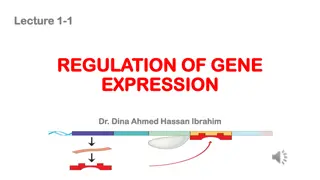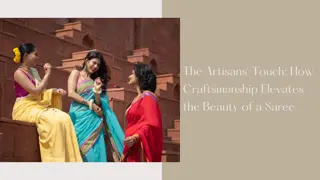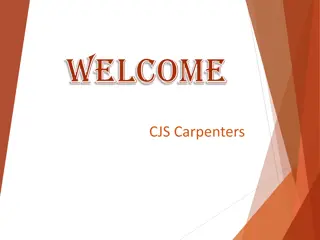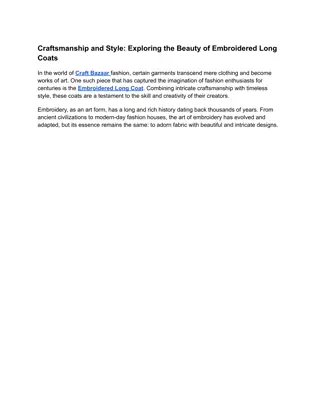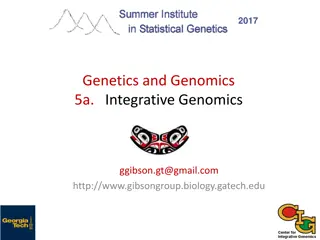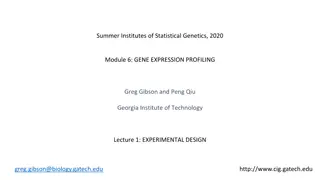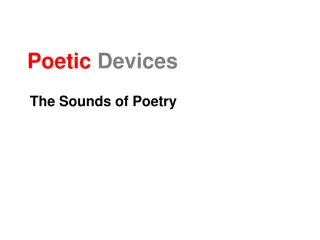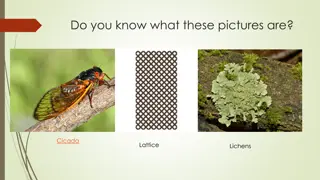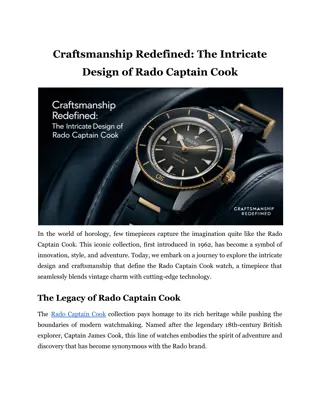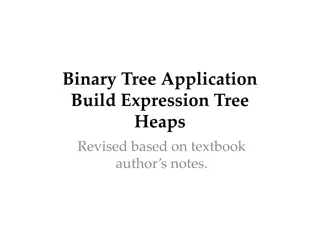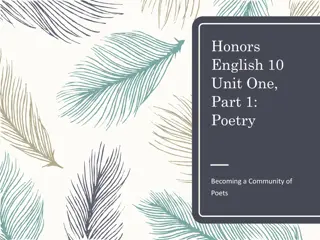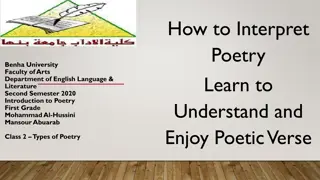Craftsmanship in Poetic Expression
A comprehensive guide covering the art of writing a publishable poem, focusing on the importance of imagery, form, unity, creativity, and language precision. Explore the dos and don'ts, characteristics, and key questions judges ask when evaluating poem entries to enhance your poetic skills.
Download Presentation

Please find below an Image/Link to download the presentation.
The content on the website is provided AS IS for your information and personal use only. It may not be sold, licensed, or shared on other websites without obtaining consent from the author.If you encounter any issues during the download, it is possible that the publisher has removed the file from their server.
You are allowed to download the files provided on this website for personal or commercial use, subject to the condition that they are used lawfully. All files are the property of their respective owners.
The content on the website is provided AS IS for your information and personal use only. It may not be sold, licensed, or shared on other websites without obtaining consent from the author.
E N D
Presentation Transcript
The Dos and Donts of Writing a Publishable Poem
Handbook Definition of Poem A poem is a literary composition that uses poetic language to treat its subject in an extraordinary way. Poetic language emphasizes sound more than prosaic language and may include rhythm, rhyme, assonance, alliteration, and sharp images created through the use of figures of speech and sensory language. A poem is usually written in lines and stanzas rather than sentences and paragraphs. It looks and sounds quite different from prose, the language in which essays, articles, reports, letters, etc. are written. A poem may tell a story; capture a moment in time; create a vivid word picture of a person, place, or thing; express an emotion; or achieve any of a dozen other purposes. Whatever else it does, a good poem forces the reader to see the subject in a more concentrated, dramatic way than a prose treatment.
Questions Judges Ask as They Read Contest Entries How well has the writer employed imagery to create clear pictures in the mind of the reader? How well does the form of the poem complement its meaning? (For example, a serious subject would not normally be written as a limerick--a poetic form usually reserved for humorous purposes.) How well is the poem unified around one clear image, concept, or dominant feeling? How well has the poet avoided sentimentalism and clich ? How creative is the poet in helping readers see everyday things in a new perspective or strange things in a familiar light?
The Characteristics of a Publishable Poem Uses precise, evocative, creative language Has a pleasing form that complements the meaning rather than overpowering it or distracting readers from it. Focuses on one clear image, concept, or dominant feeling. Avoids excessive sentiment and well-worn images and expressions Takes a creative look at the subject so that the familiar seems fresh and the strange seems familiar.
Uses precise, evocative, creative language Golden, brown, burnt Red leaves mix on trees, Creating the vivid illusion of Fire as they flicker in the wind. Soon the breeze carries these Glowing embers of autumn Twirling, twisting, wandering Through the skies . . . from Autumn s Final Hour by Elizabeth Birchfield, First Prize Winner, Junior Division, 2005-06
Uses precise, evocative, creative language Hours pass. Apollo pulls the sun higher and higher. Sweat drips down the faces of all the workers. It is almost 90 degrees, but it feels like 105. Work comes to a halt around 9:00 a.m. The team gathers once more at the shed. Their parched lips welcome the refreshing taste of cool water from a hose. One boy drinks a Gatorade. I stand aloof from the others, admiring our work. Beauty encompasses this finely tuned region. The immaculate course awaits the unworthy golfers. from Summer Morning by Larkin Wilson, IV, First Place, Senior Division, 2005-06
Has a pleasing form that complements the meaning rather than overpowering it or distracting readers from it. I have hands like my mom, Covering her beautiful eyes in a playful game of peek-a-boo, Tucking the sheets tightly around me at night to protect me from the monster under the bed. Caressing my face with her fingertips as I fall asleep. I have hands like my mom, from Stacie Lein, honorable mention, senior division, 2005- 06
Focuses on one clear image, concept, or dominant feeling. Great-grandma s wedding dress pulled from her steamer. The pureness of a snowflake as it falls unaltered to Earth, A rare pearl from the ocean floor, French manicures, The snowy white skin of Victorian ladies, The keys of a grand piano, carefully polished, Vanilla ice cream on a hot summer day, A perfume of lilies of the valley, gardenias, and baby s breath Reminding you of your wedding banquet, The scent of buttermilk your mother always used in her baking Even the handle of your favorite brush is ivory. from Casey Goudy s Ivory, first prize in first contest, 1997-98
Avoids excessive sentiment and well-worn images and expressions If you walked by the street And you saw a rose growin outta concrete, even if it had messed up petals And was leanin to the side, you would marvel at just seein a rose grow through concrete. So why is it when you see some ghetto kid Grow outta all the dirtiest circumstances, And he can sit across from you, make your smile, make you cry, make you laugh, All you can talk about are his dirty rose, his dirty stem, and how he s leanin crooked to the side? You can t even see that he came up outta there. from The Rose That Grew from the Sidewalk by Dominique Hawthorne, honorable mention, 1998-99
Takes a creative look at the subject so that the familiar seems fresh and the strange seems familiar. A one-man caravan A man with a mission, Riding a stallion of chrome, 150 horses on two wheels, An easy rider with no way But the highway, The ultimate freedom And the thrill of the danger Are the only things that keep him going.
A one man caravan, A man with a run to make And a short time to do it, Trucking on eighteen wheels, Running against the wind, Through the blood, sweat, and gears They own the road, They are white line brothers. from White Line Brothers by Nicholas Fluhart, first prize winner, senior division, 1999-00
What to Avoid Highly abstract language Highly sentimental treatment of subject Inconsistent rhyme schemes and meters In-your-face preachiness in poems with a message Mixed metaphors/ strained metaphors Ordinary treatment of ordinary subjects Meaning sacrificed to achieve form








